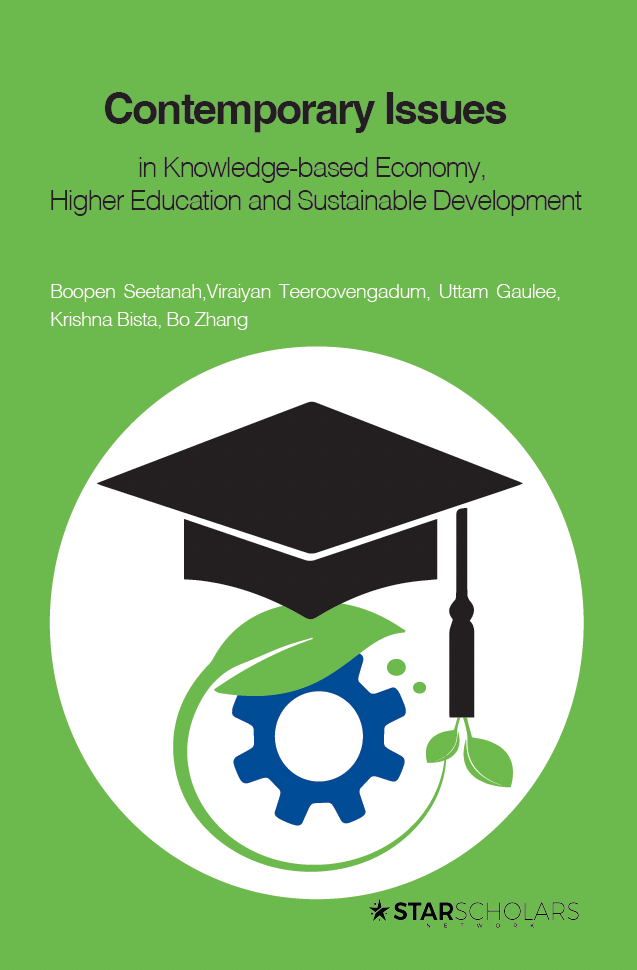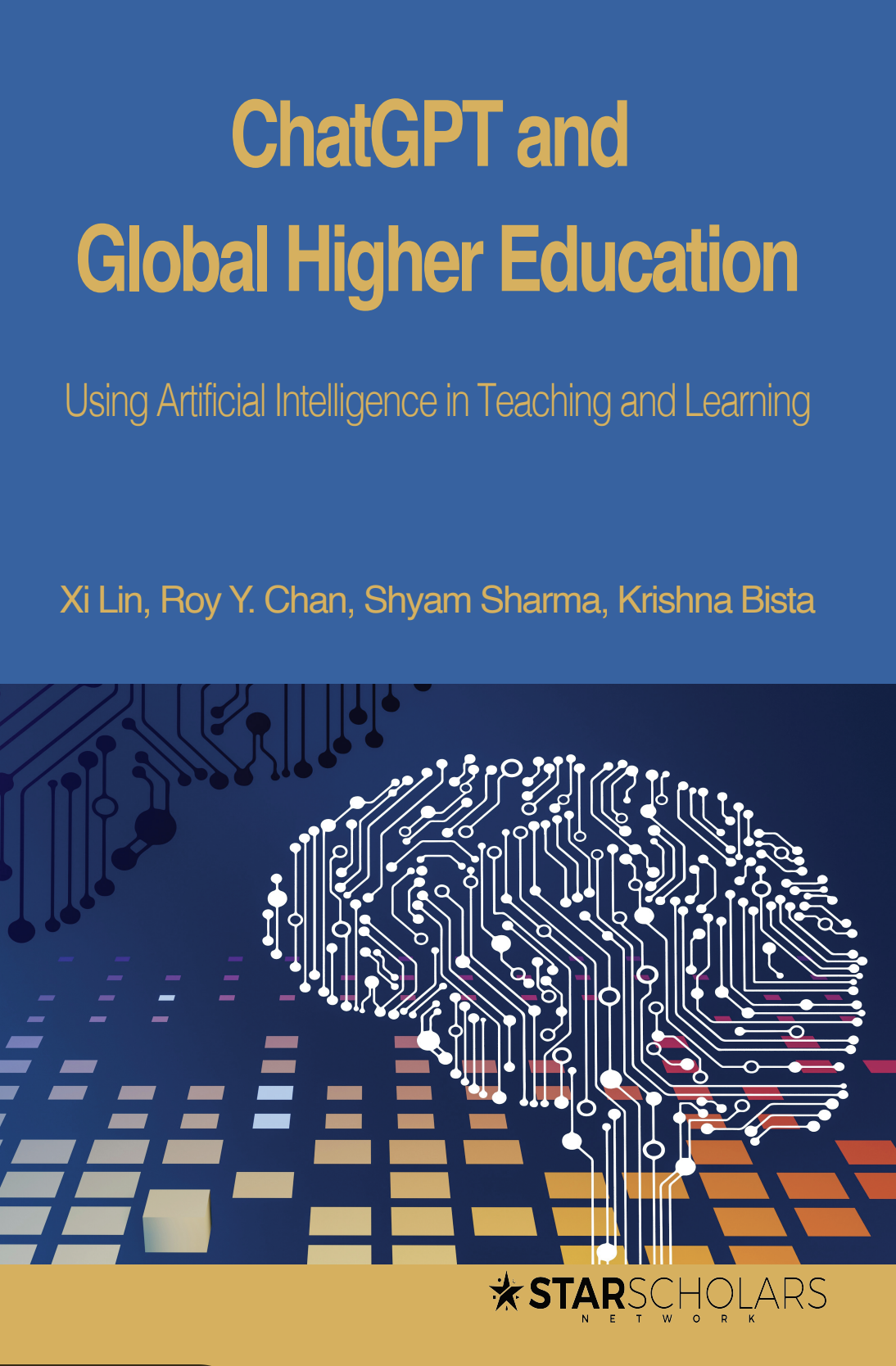Study on Usage of New Technologies by Enterprises and Their Subsequent Skills Needs
Published
Synopsis
The study sought to understand the impact of new disruptive technologies on employment and the ways in which skills could be a constraint on their take-up, the types of jobs that may be affected or the specific skill needs that may arise. A qualitative methodology was adopted, and a purposive survey was conducted among enterprises with 10 or more employees. A structured online questionnaire was used to collect data between March and May 2021. The study revealed that out of 114 enterprises that responded to the survey, approximately half were not using any new technologies. Of them, approximately one-third reported that they were unlikely to use new technologies in the future. Of those who were using new technologies, 43% were using them to a great extent and 57% to a moderate extent. To be able to use the new technologies, machine learning, in-depth statistics, data analytics, AI and AI-related application programming were reported to be very useful. The need for a continuous flow of university graduates to take up jobs (ranked by degree of importance) was felt for posts such as Software Developer, Java Programmer, Robotic Process Automation Developer, Cloud System Administrator, and Business Intelligence Developer. However, the firms appeared to be grappling with a lack of broad-based expertise in research and application of AI, persistent lack of local training capabilities in specialized areas, high resource cost and low awareness of the potential of AI at the enterprise level, limited capacity of local universities and lack of skills among existing staff in their technology adoption journey.





